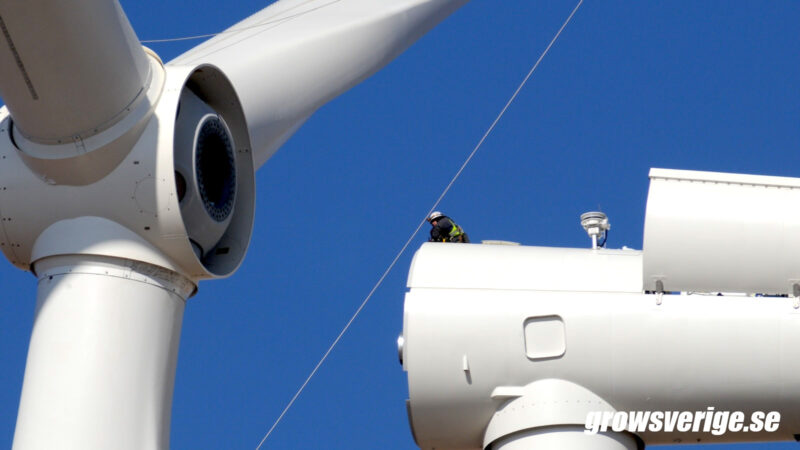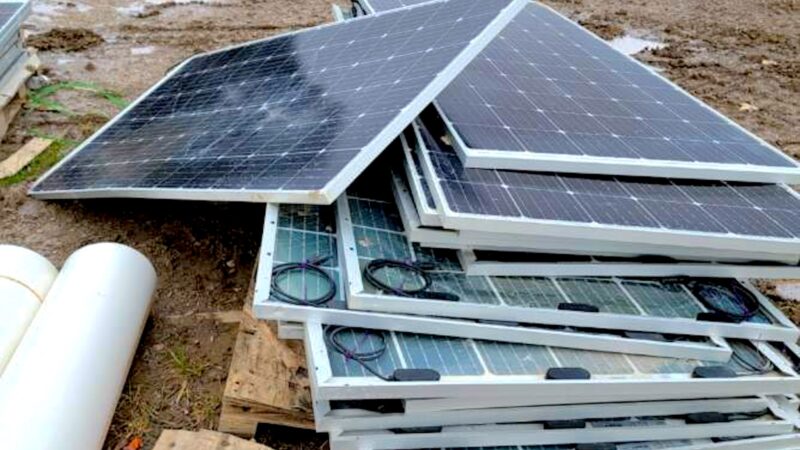Vad händer
New Horizon är en firma i Amsterdam som återvinner byggnader. Fokus är på att förändra sättet att bygga, att det cirkulära synsättet ska genomsyra även hur vi bygger våra hem och arbetsplatser.
Kontext
There are two main tenets to their thinking: First, on a planet with limited resources and a rapidly warming climate, it’s crazy to throw stuff away; second, products should be designed with reuse in mind.
New York Times: How to Recycle a 14-Story Office Tower
The roots of circular economy thinking go back to at least the 1960s, when researchers at M.I.T. developed a computer model called World3. The effort was intended to simulate the long-term consequences of things like population growth, industrialization and the use of natural resources. In their 1972 book, “The Limits to Growth,” the researchers warned that unless humankind changed the way it used and consumed material goods on a global scale, civilization would likely collapse before 2070. That, along with the first images of Earth from space and Rachel Carson’s iconic 1962 book, “Silent Spring,” inspired an environmental ethos based on understanding the planet as one big system.
New York Times: How to Recycle a 14-Story Office Tower
Vad har det för betydelse
Det handlar förstås om att få ner utsläppen men också att lära av gamla misstag och ta ansvar för sina handlingar. Byggnader ska inte bli problem som andra måste hantera utan en tillgång som kan återanvändas och utvecklas av kommande generationer.
Mellan raderna
Nearly half of all waste in the country comes from construction and demolition, according to national statistics, and a stunning 97 percent of that waste was classified as “recovered” in 2018. But most of the recovered waste is downcycled — that is, crushed into roads or incinerated to produce energy.
New York Times: How to Recycle a 14-Story Office Tower





